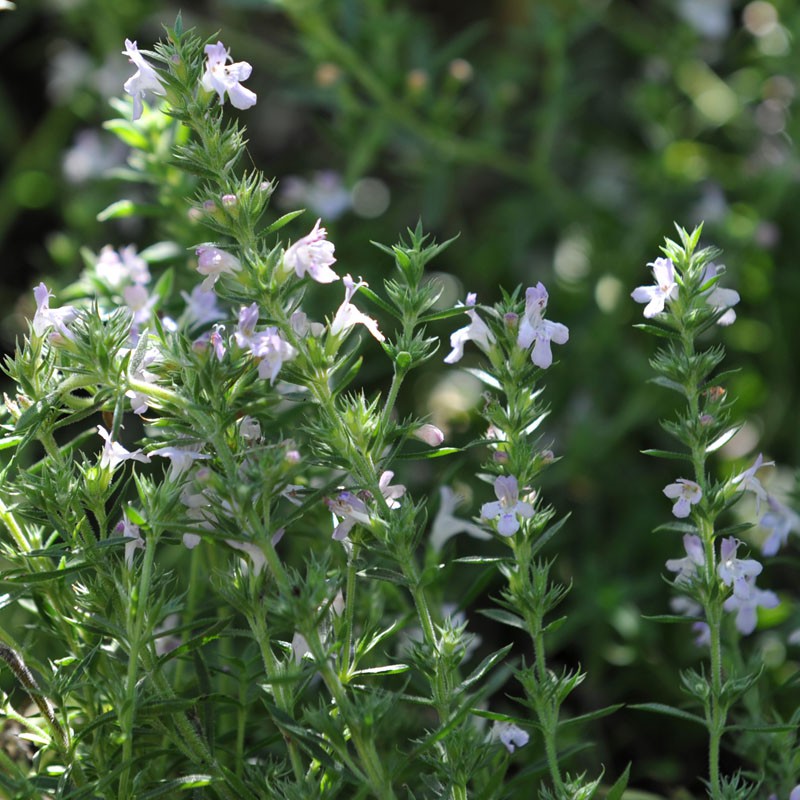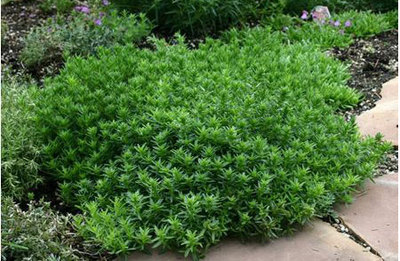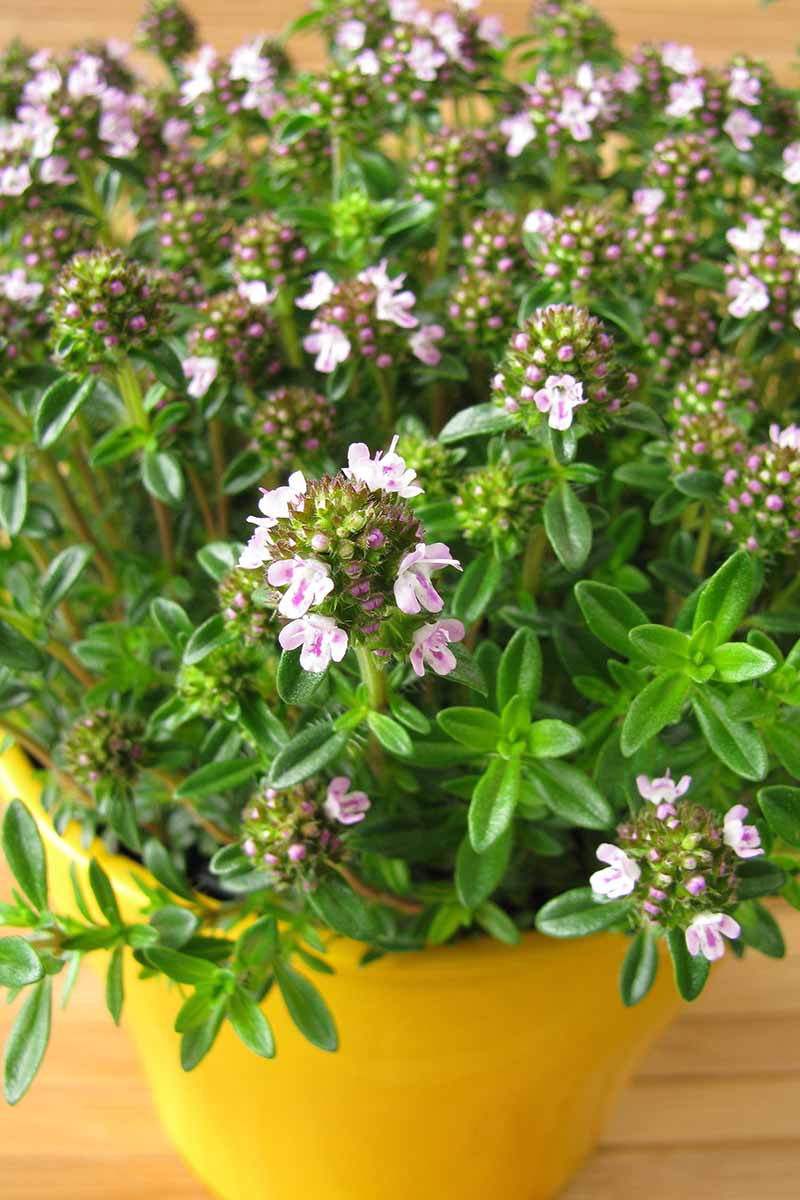Winter Savory Plant: The Versatile Herb That Can Survive Winter
Winter savory (Satureja montana) is a versatile herb that can survive winter in many parts of the world. It is a member of the mint family and is native to the Mediterranean region. Winter savory is a hardy perennial that can grow up to 12 inches tall and wide. It has dark green, oval leaves that are slightly fuzzy and have a strong, savory flavor. Winter savory flowers in the summer, producing small, white or pink flowers.
Winter savory is a popular herb for culinary use. It has a strong, peppery flavor that is similar to thyme or oregano. Winter savory can be used in a variety of dishes, including soups, stews, sauces, and marinades. It is also a popular addition to salads, stuffings, and roasted vegetables.
In addition to its culinary uses, winter savory also has a number of medicinal properties. It has been used traditionally to treat a variety of ailments, including stomach upset, flatulence, and diarrhea. Winter savory is also a good source of antioxidants and has been shown to boost the immune system.
Winter savory is a relatively easy herb to grow. It prefers full sun and well-drained soil. Winter savory is drought-tolerant and can survive in poor soil conditions. It is also a deer-resistant plant.
To plant winter savory, sow the seeds in the spring or early summer. The seeds should be planted about 1/2 inch deep and spaced 6 inches apart. Winter savory will germinate in about 2 weeks.
Once the winter savory plants have germinated, water them regularly. Winter savory does not need to be fertilized often. A light application of fertilizer in the spring will help the plants to grow and thrive.
Winter savory is a relatively pest-free plant. However, it may be susceptible to spider mites and aphids. If you see any pests on your winter savory plants, you can treat them with insecticidal soap or neem oil.
Winter savory is a versatile herb that can be enjoyed in a variety of ways. It is a delicious addition to your culinary repertoire and has a number of health benefits. If you are looking for an easy-to-grow herb that can survive winter, winter savory is a great option.
Winter savory is a versatile herb that can be used in both culinary and medicinal applications. It has a strong, peppery flavor that makes it a popular addition to stews, soups, and sausages. Winter savory is also believed to have a number of health benefits, including reducing inflammation, improving digestion, and boosting the immune system.
If you're interested in learning more about winter savory, I recommend visiting Garden Wiki. This website has a wealth of information on the plant, including its history, cultivation, and uses. You can also find recipes, gardening tips, and even medicinal uses for winter savory on the website.
FAQ of winter savory plant
- What is winter savory plant?
Winter savory (Satureja montana) is a perennial, semi-evergreen herb in the mint family. It is native to warm temperate regions of southern Europe, the Mediterranean, and Africa. The plant has dark green leaves and summer flowers ranging from pale lavender, or pink to white. It has a strong, savory flavor that is similar to thyme.
- How do I grow winter savory plant?
Winter savory plant is easy to grow. It prefers full sun and well-drained soil. It is drought tolerant once established. You can sow the seeds directly in the ground in spring or fall, or start them indoors 6-8 weeks before the last frost. Space the plants 12-18 inches apart.
- How do I use winter savory plant?
Winter savory plant can be used fresh or dried. It is a popular herb for flavoring soups, stews, beans, and sausages. It can also be used in marinades and dressings. The leaves can be crushed and added to salads or sprinkled on top of cooked dishes.
- What are the health benefits of winter savory plant?
Winter savory plant has a number of health benefits. It is a good source of antioxidants, which can help protect cells from damage. It also contains carvacrol, an essential oil that has antibacterial and antifungal properties. Winter savory plant has been shown to help improve digestion, reduce inflammation, and boost the immune system.
- What are some common pests and diseases of winter savory plant?
Winter savory plant is susceptible to a few pests and diseases, including aphids, spider mites, and powdery mildew. Aphids can be controlled by spraying the plant with insecticidal soap or neem oil. Spider mites can be controlled by increasing the humidity around the plant or using a miticide. Powdery mildew can be controlled by using a fungicide or by watering the plant regularly.
Image of winter savory plant
5 different images of "winter savory plant" from Pinterest:
- A close-up of a winter savory plant with its small, gray-green leaves and purple flowers.

- A winter savory plant in full bloom, with its purple flowers clustered together on tall stems.

- A winter savory plant in a garden, with its leaves and flowers surrounded by other plants.

- A winter savory plant in a pot, with its leaves and flowers cascading over the sides of the pot.

- A winter savory plant being used in a cooking dish, with its leaves and flowers adding flavor to the dish.

Post a Comment for "Winter Savory Plant: The Versatile Herb That Can Survive Winter"